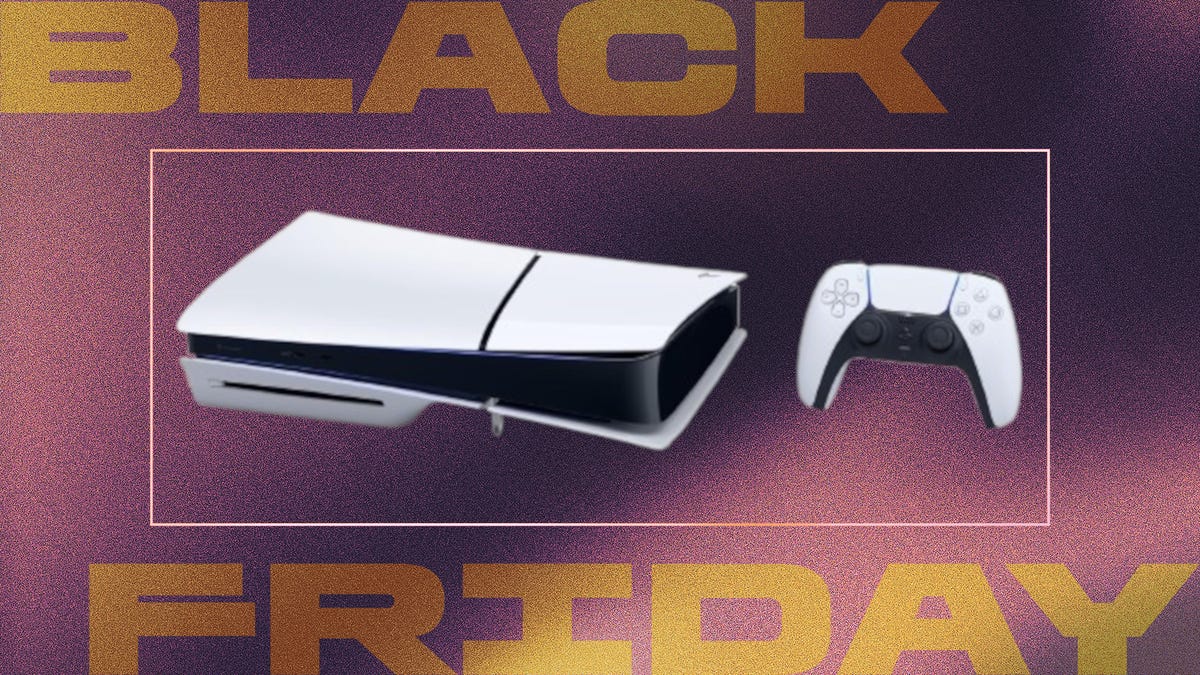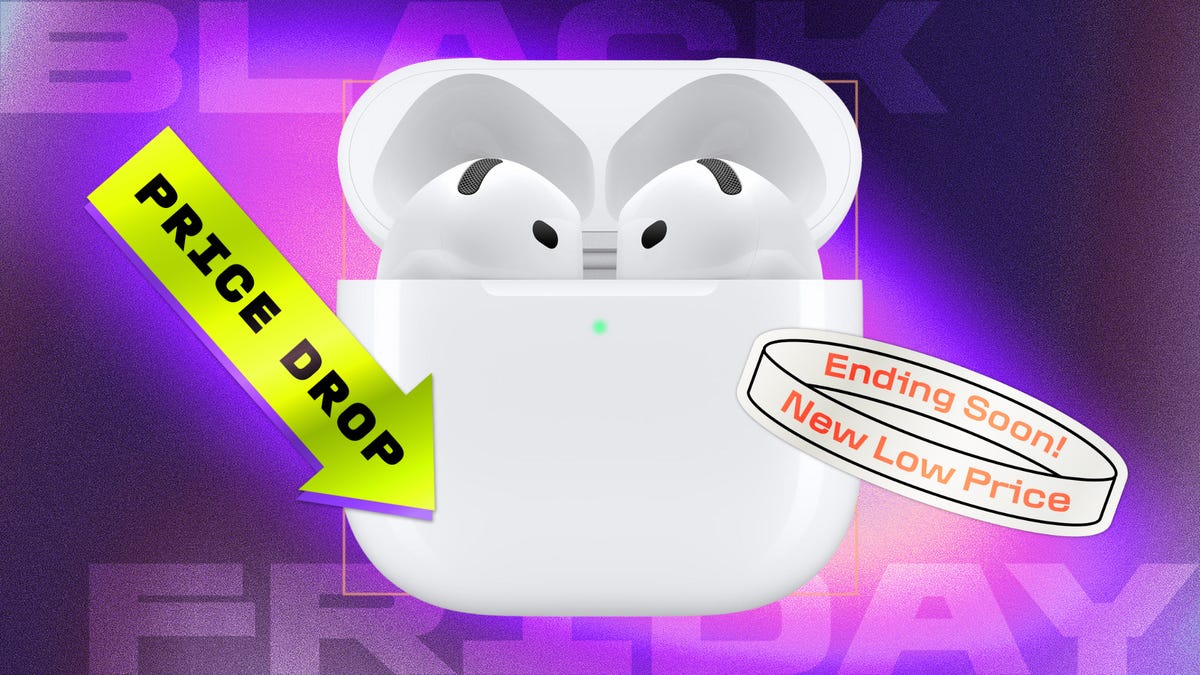Technologies
Why Have So Few People Heard of the Magic of Ctrl+Shift+T?
My favorite keyboard shortcut is less well known than I would have expected.

I know I’m not the only one who routinely clicks the «X» on a Chrome browser tab when I only meant to switch to it. We’re all just a little too click-happy in this multitasking world. But if I’m not particularly prudent about my cursor positioning, it’s because I have a secret weapon up my sleeve: I know that Ctrl+Shift+T has my back. And I honestly can’t believe more people don’t know about this gem of a keyboard shortcut.
What is Ctrl+Shift+T (or Cmd+Shift+T for Mac users)? I’d argue that it’s one of the most important and useful keyboard shortcuts there is, right up there with Ctrl+Z. In fact, it performs a similar function: undoing a mistake. Specifically, the mistake of accidentally closing a browser tab or window. Ctrl+Shift+T is the easiest way to restore a browser tab you didn’t mean to X out.
Let’s walk through how to use it, plus all the other ways to restore lost tabs in any browser. And don’t miss our list of the best Windows 11 keyboard shortcuts, the essential Mac keyboard shortcuts, and a Google Chrome trick that organizes all your tabs for you.
Four ways to reopen closed tabs in Google Chrome
Google Chrome gives you a few options for restoring tabs and windows after you’ve closed them, and depending on your needs, it’s good to know how they all work. Note, however, that restoring closed tabs isn’t an option when browsing in incognito mode.
1. Keyboard shortcut method
The quickest way to restore a single tab you closed by accident is with a keyboard shortcut. On a PC, use Ctrl+Shift+T. On a Mac, use Cmd+Shift+T. If you want to restore multiple tabs, or if you need a tab you closed a while ago, just keep pressing Ctrl+Shift+T and your tabs will reappear in the order in which they were closed. Bonus: If you accidentally close your entire browser window altogether, just open a new Chrome window and the keyboard shortcut will reopen everything at once. This is a great trick for the times when a system update forces you to close your browser or restart your computer altogether.
2. Browser history method
Your Chrome browser history also keeps track of recently closed tabs. It’s not as lightning-fast as a keyboard shortcut, but this method is useful if you closed the tab a long time ago and need to refer back to it.
There are a few ways to access your browser history in Chrome. One way is to use another shortcut: Ctrl+H. Another is to click the hamburger menu in the top right corner of your browser, then select History. And a third option is to type «chrome://history» into your address bar, then press enter.
However you arrive at your browser history, once there you’ll have access to all the websites and tabs you’ve viewed, in reverse chronological order. Clicking on a result will reopen it for you. Going through the hamburger menu also has a built-in list of Recently Closed tabs, which you can select to reopen.
Read more: 11 Chrome Features You’ll Wish You’d Known All Along
3. Tab search method
Ever noticed the little downward-pointing arrow in your Chrome tab bar? In Windows, it’s right next to the icons for minimizing, maximizing and closing your window. (On Mac it’s at the top right.) This icon is Chrome’s built-in tab search feature, which itself can be accessed with a simple keyboard shortcut: Ctrl+Shift+A. Tab search shows you a list of all the tabs you currently have open, and another list of your recently closed tabs. You can scroll through the lists to reopen or switch to the desired tab, or use the search bar to find it with a keyword. This comes in handy for those who keep dozens of tabs open at all times.
4. Taskbar method
If you’ve got a Chrome window opened — or if the app is pinned in your taskbar — right-click the icon from the taskbar and you’ll see a short list of links: Most visited and Recently closed. From there, you can restore a tab just by clicking on it. (Note these options do not appear on Mac.)
Bonus: ‘Continue where I left off’ method
There’s a Chrome setting that essentially makes Ctrl+Shift+T the default. By toggling this feature on, every time you open Chrome, the browser will automatically reopen the tabs you had open in your previous session. To turn it on, go to your Chrome settings (also through the hamburger menu), then On startup. Select the Continue where you left off option.
What about other browsers, like Firefox, Microsoft Edge and Opera?
The Ctrl+Shift+T keyboard shortcut will work in other browsers, too (as well as right-clicking the tab bar and selecting Reopen closed tab). Most of the other methods of reopening a tab work across browsers too, though the menu labels and options may differ. The experience is largely the same on a Mac, with the exception of the taskbar method.
For both Firefox and Microsoft Edge, you can also go through your browser history to find and reopen a tab you accidentally closed. Firefox has a dedicated sub-menu under History called Recently closed tabs. Microsoft Edge has a tabbed History menu for All, Recently closed and Tabs from other devices. In Opera, if you have the sidebar enabled — and if History is one of the elements you’ve elected to include in the sidebar — clicking the History icon from the sidebar will also pull up a list of recently closed tabs.
The other browsers also offer a setting to reopen the previous session’s tabs automatically upon startup. In Firefox, go to Settings > General and check the box under Startup labeled Open previous windows and tabs. In Microsoft Edge, go to Settings > Start, home, and new tabs and under When Edge starts, select open tabs from the previous session. And in Opera: Settings > On startup, then check the box for retain tabs from previous session.
For more, check out Google Chrome’s best features, including how to mute a noisy browser tab. Plus, browser settings to change for better privacy and browser extensions that’ll save you money when shopping online.
Technologies
Here’s What Tesla’s New Range of Affordable Electric Cars Cost
What you get with the stripped-down Model Y and Model 3.
Technologies
The Best PS5 Deal Sold Out On Black Friday, but It’s Back Ahead of Cyber Monday
This amazing PS5 Black Friday deal is back as an early Cyber Monday offer. It has already sold out once, so don’t miss your chance this time.

Black Friday deals kicked off a bit earlier this year, meaning buyers had more time to shop for great discounts. However, it also meant some of the hottest offers disappeared faster than ever. One of the most exciting gaming deals was a $100 price cut on the PlayStation 5 Slim digital edition. This deal already sold out once, but it’s back as an early Cyber Monday offer for $399 on Amazon. So, if you’ve been waiting to get a PS5, there’s no better time.
You can also get the version with a disc drive for $450, and the mighty PlayStation 5 Pro for $649. All of these are $100 off, so you can get a great deal regardless of your preference.
The disc‑free console is the cheapest option, but it means all your games will need to be downloaded. While digital discounts can go pretty far, physical games are nearly always cheaper if you know where to look. If you’d rather save a bit of money in the long run, then go for the disc drive version now.
Not only will you be able to play any old PS4 discs in your collection, but you’ll also be able to borrow games from friends and take advantage of discounts on physical titles at Amazon, Best Buy, GameStop and more.
Don’t miss any of our unbiased tech content and lab-based reviews. Add CNET as a preferred Google source.
The PS5 Pro is the pinnacle of the PlayStation offerings and has more speed and power all‑around, making it ideal for those who only want the best.
If you decide to commit to Sony with a new console, then it’s definitely worth taking a look at all the best PlayStation deals for even more savings on games, headsets and controllers. You can save a lot of money if you can be patient with these things.
CHEAP GAMING LAPTOP DEALS OF THE WEEK
-
$950 (save $850)
-
$800 (save $150)
Why this deal matters
The PS5 doesn’t drop in price often, and this is an excellent discount on three different versions. Being able to save $100 across the Slim digital, Slim disc and Pro models is a rare opportunity. Whether you’re looking to get your very first PlayStation 5 or upgrade to the Pro, this is a fantastic chance to do so — especially since the Slim deal has already sold out once and may not linger for long.
Join Our Daily Deals Text Group!
Get hand-picked deals from CNET shopping experts straight to your phone.
By signing up, you confirm you are 16+ and agree to receive recurring marketing messages at the phone number provided. Consent is not a condition of purchase. Reply STOP to unsubscribe. Msg & data rates may apply. View our Privacy Policy and Terms of Use.
Technologies
The $69 AirPods 4 Black Friday Bargain Is Still Around. Get It While Stocks Last
If you’re quick, you can grab Apple’s AirPods 4 for $69, a budget-friendly deal that feels hard to pass up.

There were a lot of deals on your computer screen this Black Friday, some more exciting than the others. One of those was this AirPods 4 deal, which is still available on Amazon. If you’ve been waiting to buy new earbuds, pick up the entry-level AirPods 4 for just $69 right now (normally $129). This is a record low price.
If active noise cancellation is a must, you’ll be happy to see that the AirPods 4 with ANC are currently selling for $139 on Amazon (normally $179). This isn’t the lowest price we’ve seen — they were down to $100 on Black Friday — but it’s still a decent discount.
The Apple AirPods 4 are available in two formats. The non-ANC version usually runs $129, while the ANC model typically sells for $179. With this discount, you pay only $69 for the non-ANC model. These AirPods have been redesigned for a more comfortable fit. The Apple H2 chip allows for voice isolation whenever you have to take calls in a noisy environment. The AirPods 4 also offer personalized spatial audio and a battery life of up to 20 hours.
Hey, did you know? CNET Deals texts are free, easy and save you money.
These AirPods are dustproof and waterproof and include a smaller case for easier carrying. You can use them with Siri for added voice control options, which lets you start calls or choose your audio. You can also shake your head or nod to respond to prompts.
Looking for deals on other new Apple devices? We rounded up the best iPhone 17 and Apple Watch Series 11 deals.
HEADPHONE DEALS OF THE WEEK
-
$248 (save $152)
-
$170 (save $181)
-
$199 (save $150)
Why this deal matters
Apple makes superb audio gear, and the AirPods offer good sound quality and a comfortable fit for most people. «They may not be quite as cheap or as small as the AirPods 2, but they sound a lot better and have a lot more features,» says CNET audio expert David Carnoy, who thought $100 would be a good price for them.
The lower-priced AirPods lack noise-canceling features, but for just $69, this is a deal you should seriously consider.
Join Our Daily Deals Text Group!
Get hand-picked deals from CNET shopping experts straight to your phone.
By signing up, you confirm you are 16+ and agree to receive recurring marketing messages at the phone number provided. Consent is not a condition of purchase. Reply STOP to unsubscribe. Msg & data rates may apply. View our Privacy Policy and Terms of Use.
-

 Technologies3 года ago
Technologies3 года agoTech Companies Need to Be Held Accountable for Security, Experts Say
-

 Technologies3 года ago
Technologies3 года agoBest Handheld Game Console in 2023
-

 Technologies3 года ago
Technologies3 года agoTighten Up Your VR Game With the Best Head Straps for Quest 2
-

 Technologies4 года ago
Technologies4 года agoBlack Friday 2021: The best deals on TVs, headphones, kitchenware, and more
-

 Technologies4 года ago
Technologies4 года agoVerum, Wickr and Threema: next generation secured messengers
-

 Technologies4 года ago
Technologies4 года agoGoogle to require vaccinations as Silicon Valley rethinks return-to-office policies
-

 Technologies4 года ago
Technologies4 года agoOlivia Harlan Dekker for Verum Messenger
-

 Technologies4 года ago
Technologies4 года agoiPhone 13 event: How to watch Apple’s big announcement tomorrow

